The Food and Drug Administration approved the use of Casgevy, a CRISPR gene-editing therapy, for treating the serious blood disorder transfusion-dependent beta thalassemia—the second major approval for the emerging therapy.
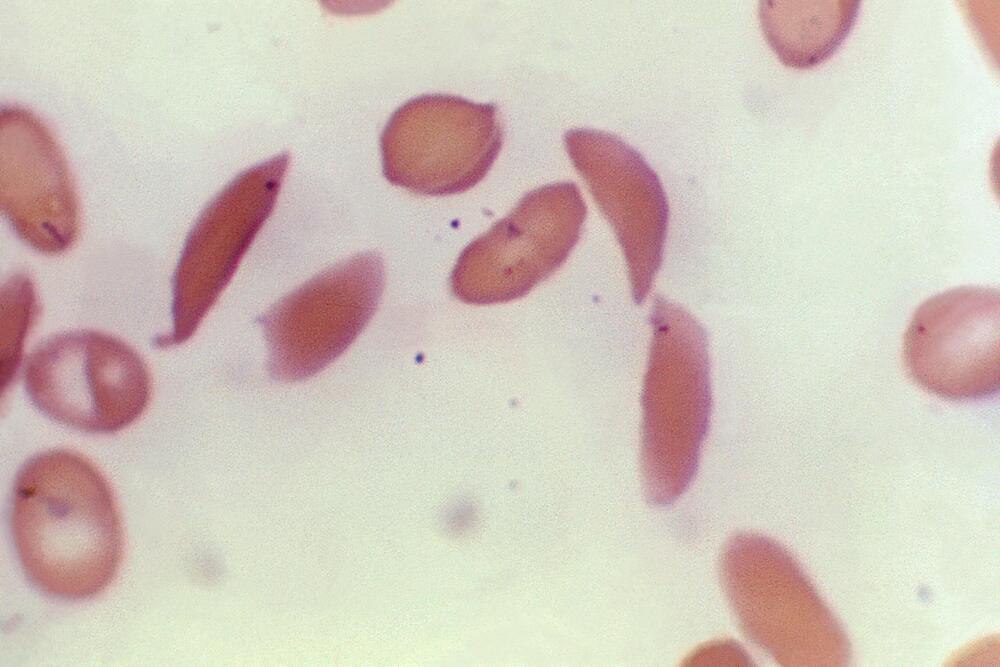

A.I. for longevity and long lived flies.
Kennedy Schaal presents “Using Advanced A.I. and Blockchain Technology to Targey Aging” at the Longevity+DeSci Summit NYC (EARD 2023) hosted by Lifespan.io. Summary ▀▀▀▀▀▀▀▀▀▀▀▀▀▀▀▀▀▀▀▀▀▀▀▀▀▀ Kennedy Schaal is the founder and CEO of Rejuve Biotech, an AI-driven therapeutics discovery company solving the problems for longevity and age-associated diseases. By using advanced Artificial Intelligence to combine data from the Methuselah Flies with data from people, Rejuve. Bio can shorten the drug discovery pipeline and rapidly develop novel therapeutics to help people live longer. They have two high-impact and novel data sources, as well as unique artificial intelligence technology. First and foremost, they are the sole owner of data from the Methuselah Flies (fruit flies) that have been bred for longevity. Second, because flies have a shorter life cycle, they can be tested for longevity much faster than other animal models. Rejuve Biotech has the unique ability to test multiple interventions and treatment combinations over the course of a fruit fly’s life and in various aspects of its life (e.g., mating, disease resistance). In addition, they also have quick access to Crowdsourced Human Data collected by a partner company, Rejuve Network. Kennedy Schaal is an accomplished biotechnology executive with a strong leadership track record in applied genomic research and Artificial Intelligence at the frontier of longevity science. She is also a multi-published author on the science of longevity and applied genomics trials. Kennedy is also a world-leading expert on genomic selection and breeding for innovative Drosophila Methuselah Flies, which together with applied Artificial Intelligence solve many of today’s pain points in longevity research, with the potential for massive impact on the health and lifespan of people across the planet. Experienced Laboratory Director and Chief Biologist with a demonstrated history of working in the biotechnology industry. Strong research professional skilled in evolutionary biology, genetics, and the study of aging-related diseases.
Join us on Patreon! https://www.patreon.com/MichaelLustgartenPhDDiscount Links: Green Tea: https://www.ochaandco.com/?ref=conqueragingTelomere, Epigenetic Te…
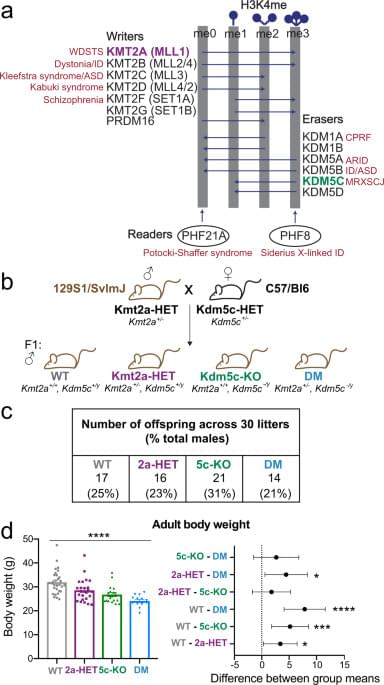
Vallianatos et al. study the functional interactions of KMT2A and KDM5C, H3K4me enzymes known to be involved in neurodevelopmental disorders. Using genetic mouse models, neuronal structure analysis, neurobehavior, and epigenomic profiling, they demonstrate a mutually suppressive relationship between KMT2A and KDM5C during neurodevelopment.

A new CRISPR-Cas toolkit, dubbed “pAblo·pCasso,” is set to transform the landscape of bacterial genome editing, offering unprecedented precision and flexibility in genetic engineering. The new technology, developed by researchers at The Novo Nordisk Foundation Center for Biosustainability (DTU Biosustain), expands the range of genome sites available for base-editing and dramatically accelerates the development of bacteria for a wide range of bioproduction applications.
PAblo·pCasso sets a new standard in CRISPR-Cas technologies. A key innovation is to enable precise and reversible DNA edits within Gram-negative bacteria, a feat not achievable with previous CRISPR systems. The toolkit utilizes specialized fusion enzymes, modified Cas9 coupled with editor modules CBE or ABE, which act like molecular pencils to alter specific DNA nucleotides, thus accurately controlling gene function.
The development of pAblo·pCasso involved overcoming significant challenges. Traditional CRISPR-Cas systems were limited by their need for specific DNA sequences (PAM sequences) near the target site and were less effective in making precise, single-nucleotide changes. pAblo·pCasso transcends these limitations by incorporating advanced Cas-fusion variants that do not require specific PAM sequences, thereby expanding the range of possible genomic editing sites.
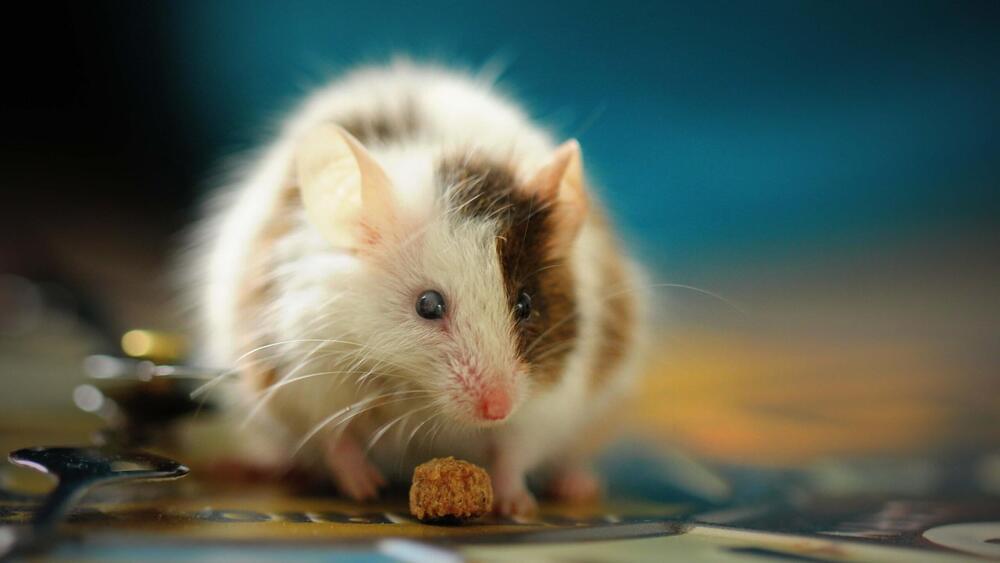
When young, these neurons signal fatty tissues to release energy fueling the brain. With age, the line breaks down. Fat cells can no longer orchestrate their many roles, and neurons struggle to pass information along their networks.
Using genetic and chemical methods, the team found a marker for these neurons—a protein called Ppp1r17 (catchy, I know). Changing the protein’s behavior in aged mice with genetic engineering extended their life span by roughly seven percent. For an average 76-year life span in humans, the increase translates to over five years.
The treatment also altered the mice’s health. Mice love to run, but their vigor plummets with age. Reactivating the neurons in elderly mice revived their motivation, transforming them from couch potatoes into impressive joggers.
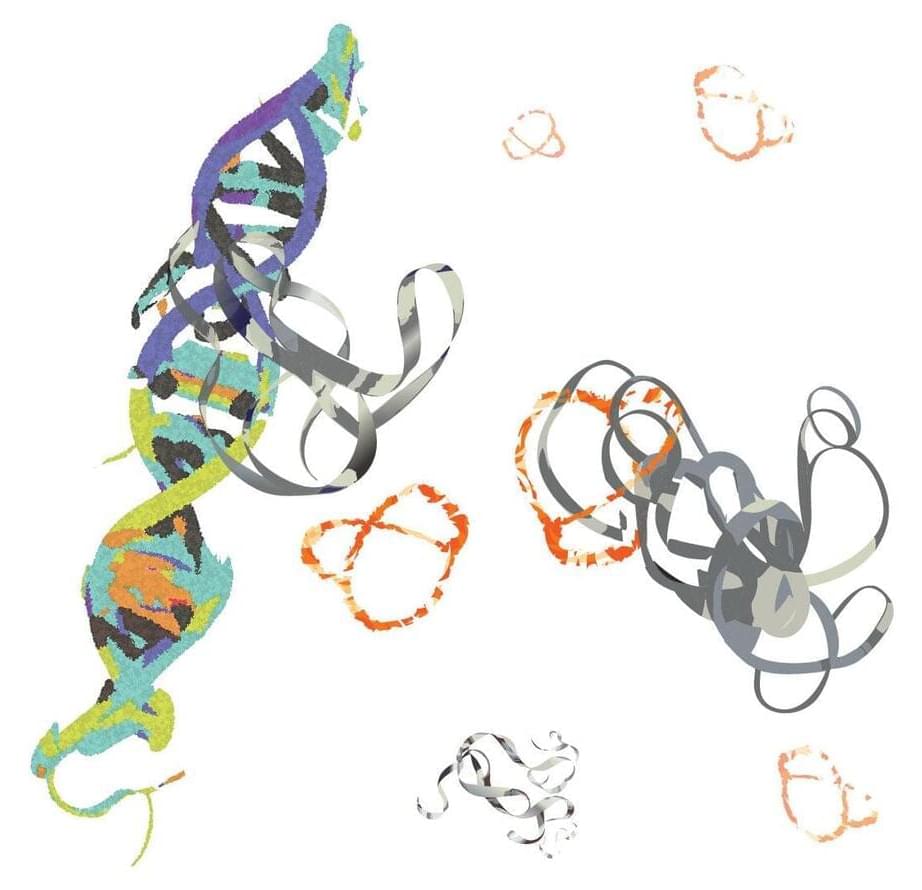
Discovery opens window to more effective treatment. Meet MYC, the shapeless protein responsible for making the majority of human cancer cases worse. UC Riverside researchers have found a way to rein it in, offering hope for a new era of treatments.
In healthy cells, MYC helps guide the process of transcription, in which genetic information is converted from DNA into RNA and, eventually, into proteins.
“Normally, MYC’s activity is strictly controlled. In cancer cells, it becomes hyperactive, and is not regulated properly,” said UCR associate professor of chemistry Min Xue.
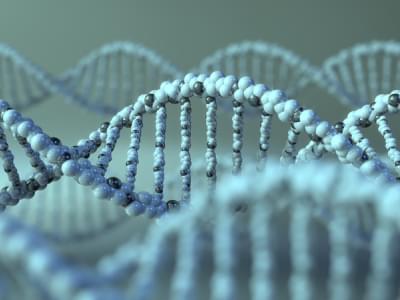
FactorBioscience Announces U.S. Department of Defense Grant to Develop Gene-Edited Cell Therapies Read the latest here.
Factor Bioscience Inc. announced the award of a U.S. Department of Defense grant to develop next-generation cell therapy candidates using Factor’s patented mRNA, cell-reprogramming, and gene-editing technologies. The project will be led by Factor’s Co-Founder and Chief Technology Officer, Dr. Christopher Rohde.
Under the award, Factor will generate the first scalable cell therapy specifically targeting muscle inflammation in DMD patients. To carry out the work, Factor will utilize its extensively patented technologies for engineering cells, including methods for reprogramming and gene-editing cells using mRNA.
The award is sponsored by the Office of the Assistant Secretary of Defense for Health Affairs, through the Duchenne Muscular Dystrophy Research Program, which is endorsed by the Department of Defense. The award will fund development activities for up to five years.

The repair of damage to genetic material (DNA) in the human body is carried out by highly efficient mechanisms that have not yet been fully researched. A scientific team led by Christian Seiser from MedUni Vienna’s Center for Anatomy and Cell Biology has now discovered a previously unrecognized control point for these processes.
This discovery could lead to a new approach for the development of cancer therapies aimed at inhibiting the repair of damaged cancer cells. The research work was recently published in the journal Nucleic Acids Research.
GSE1-CoREST is the name of the newly discovered complex that contains three enzymes that control DNA repair processes and could form the basis for novel cancer therapeutics. “In research, these proteins are already associated with cancer, but not in the context that we have now found,” emphasizes Seiser, who led the study in close collaboration with researchers from the Max Perutz Labs Vienna.
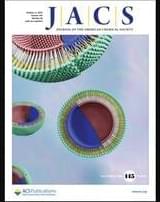
Interactions between RNA and proteins are the cornerstone of many important biological processes from transcription and translation to gene regulation, yet little is known about the ancient origin of said interactions. We hypothesized that peptide amyloids played a role in the origin of life and that their repetitive structure lends itself to building interfaces with other polymers through avidity. Here, we report that short RNA with a minimum length of three nucleotides binds in a sequence-dependent manner to peptide amyloids. The 3′–5′ linked RNA backbone appears to be well-suited to support these interactions, with the phosphodiester backbone and nucleobases both contributing to the affinity. Sequence-specific RNA–peptide interactions of the kind identified here may provide a path to understanding one of the great mysteries rooted in the origin of life: the origin of the genetic code.